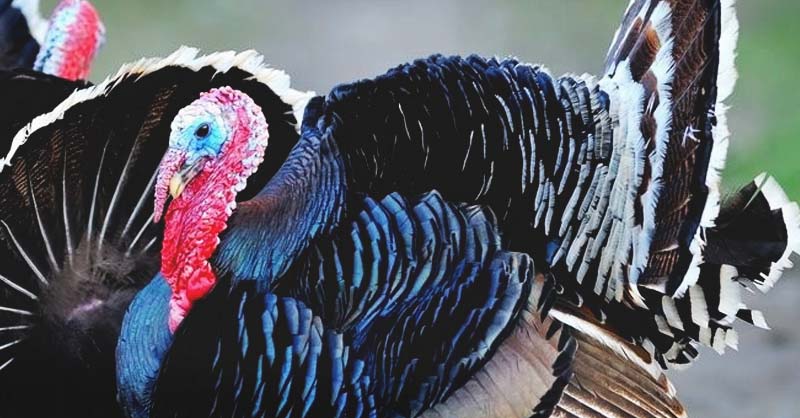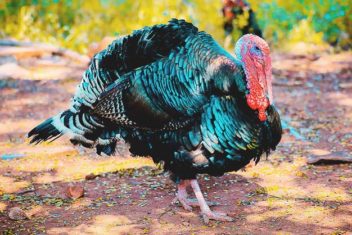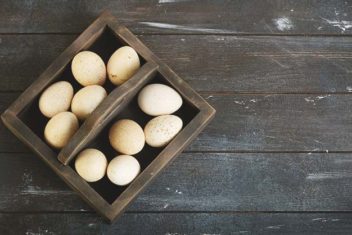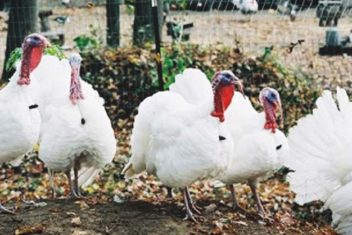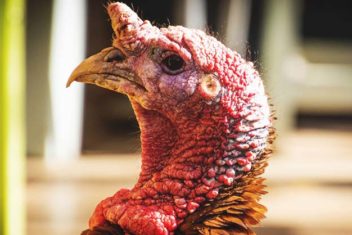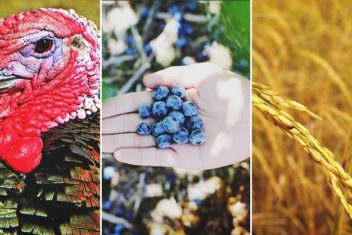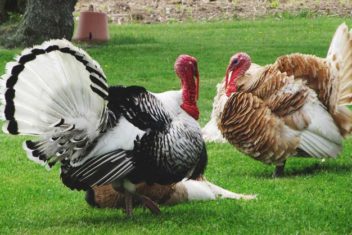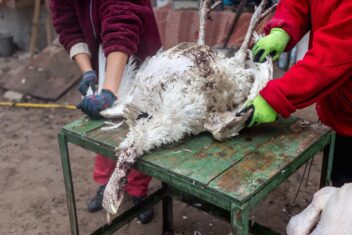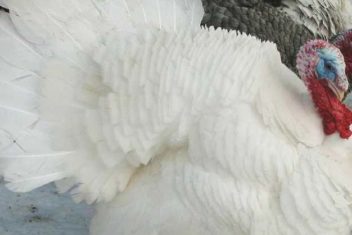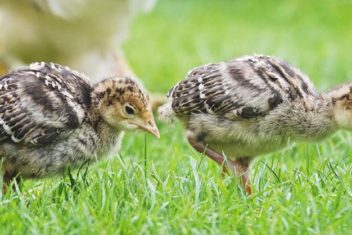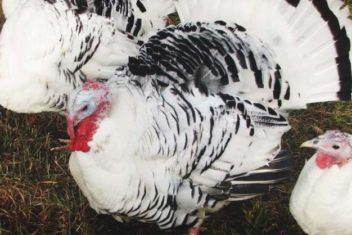This is a fun turkey variety, a close descendant to the Eastern Wild turkey. Well suited for free-ranging and open farms, a homesteader with space would love the addition of Bronze Turkeys to their property. Bronze Turkeys are also a beautiful and showy variety with the natural charm of a wild turkey.
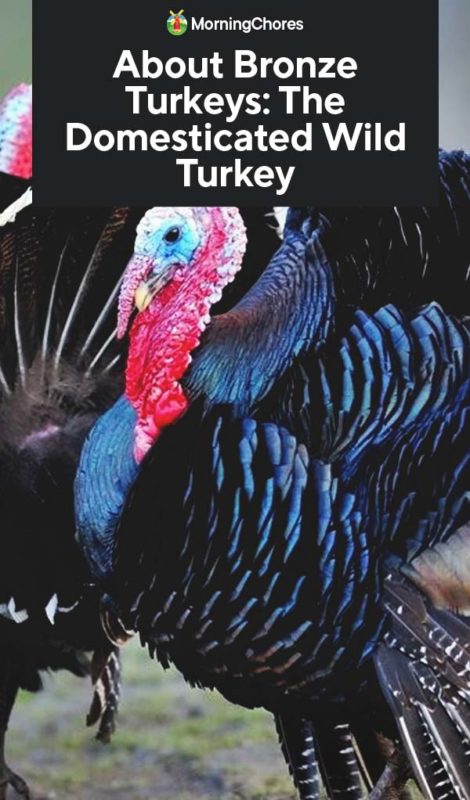
About Bronze Turkeys
When European colonists journeyed to America, they brought along some domestic varieties of turkeys from Europe. Upon arrival to America, the Eastern Wild turkeys were discovered and crossed with Europe’s domestic varieties, creating the Bronze turkeys.
The hybrid between these two varieties created a well-balanced bird both suitable to free-ranging, but also large enough to be a nice meat producer. This new hybrid was well known in the 1700s but was only given the name of Bronze in the 1830s. In 1874, the Bronze Turkey was officially accepted into the American Poultry Association.
In the past few years, a Broad Breasted Bronze has been bred, making a larger and more commercialized variety similar to the Broad Breasted White. This is a good meat producer but takes away from the charm of the sustainable and practical original variety.
Bronze Turkey Characteristics
1. Size and Weight
Wild turkeys were not bred for meat production, so they were smaller birds, but the addition of the European turkeys made a nice sized turkey. Bronze turkeys weigh in at 16 pounds for a young hen and 25 pounds for a young tom. Older birds may weigh a few more pounds if they are kept around for a while.
Broad Breasted Bronze turkeys are a larger version of the Bronze turkeys, so they tip the scales a bit higher than the standard Bronze. Broad Breasted Bronze turkey hens weigh in at about 23 pounds while toms weigh in around 32.5 pounds.
2. Temperament
Heritage breed turkeys can be very friendly and doglike animals that love their owners and follow them around the farm. On the other hand, they can also be rather protective of their territory, food, and babies. Temperament for this variety can vary based on breeder selection and the traits that breeders work for.
3. Meat Production
This is a turkey selected for meat production, but the amount of meat they produce will vary based on whether it is a Bronze or a Broad Breasted Bronze. For more heritage and flavorful meat with a smaller carcass, the Bronze is ideal. Broad Breasted Bronze turkeys will provide larger quantities of meat, but with a bit less flavor.
Taking Care of Bronze Turkeys
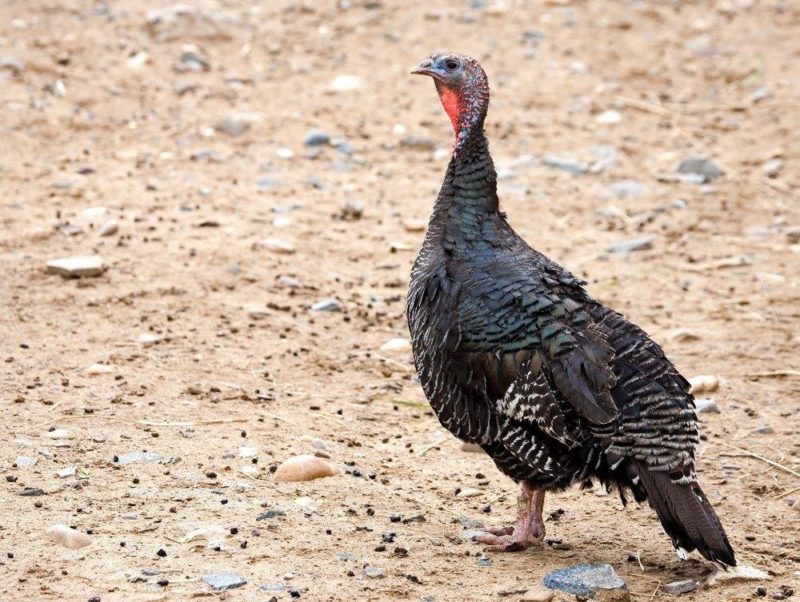
1. Feeding and Nutrition
Turkey chicks (better known as poults) are rapid growers and need a lot of protein. A starter/grower with 30% protein is best for these young birds. When turkeys reach 8-10 weeks of age, you can transfer them to a good quality flock raiser.
If you are raising Broad Breasted Bronze turkeys, they are only good for meat production and you’ll want to leave them on the flock raiser until it is time for processing. Standard Bronze turkeys being raised primarily for meat can also eat flock raiser until processing time.
If you are keeping standard Bronze turkeys for purposes other than meat, the hens will lay at some point in the year and will need to be supplied with a game bird laying feed during laying season. When hens are not laying, the entire flock will do fine on flock raiser.
2. Housing and Fencing
If you have space for your flock to free-range, the Bronze does very well with free-ranging due to their wild heritage. A half-acre for every dozen turkeys is adequate space to be fenced in for the flock.
Inside the coop, 10 square feet per bird is enough space for everyone to live peacefully without ruffling each other’s feathers. Take care to place your roosts no more than 18 inches off the ground so that heavy birds jumping to the ground in the morning don’t give themselves leg and foot issues.
3. Health Issues and Care
The Standard Bronze is a very robust variety due to the wild turkey heritage that it has in its lineage. The Broad Breasted Bronze is a bit farther removed from the wild turkeys and can run into some heart problems if it gets too overweight.
Take care when mixing poultry types, as chickens carry certain diseases that can get turkeys sick.
Keeping a close eye on your flock and knowing the symptoms of oncoming issues can go a long way in preventing an outbreak.
4. Breeding
For the Standard Bronze, this variety can breed naturally with ease and this is a good project bird. The original Bronze turkeys have not been bred to their original standard and the variety could use some stewards to restore their original glory.
Broad Breasted Bronze turkeys are unable to breed naturally due to their large size. Since this variety requires artificial insemination, they aren’t generally bred by hobby farmers.
Alternatives to the Bronze Turkey
1. Narragansett
The Narragansett is similar in size and appearance to the standard Bronze. Narragansett turkeys are a heritage meat producer that also makes a good fit for small homestead flocks.
2. Broad Breasted White
If you’re looking for a good alternative to the Broad Breasted Bronze, the Broad Breasted White will be right up your alley. Broad Breasted Whites are a bit larger than the Bronzes and produce the largest amount of meat per bird.
Did You Know?
The standard Bronze turkey has been added to Slow Food USA’s Ark of Taste, which is a catalog that includes heritage foods that face the danger of extinction.
Bronze turkeys are such a fun variety with some very interesting heritage and a long history. This is not a bad choice for a hobby breeder or homesteader and you just might enjoy the addition to your farm.

